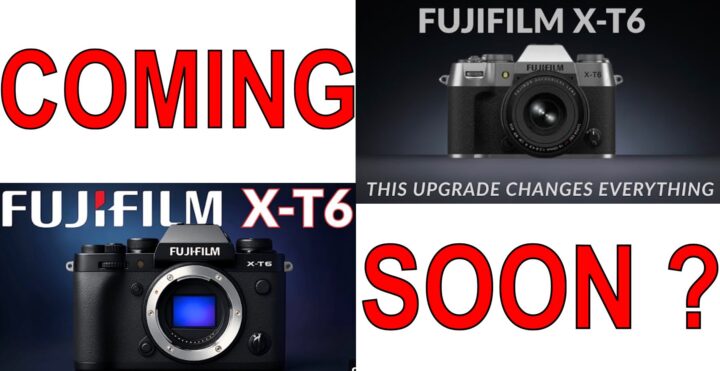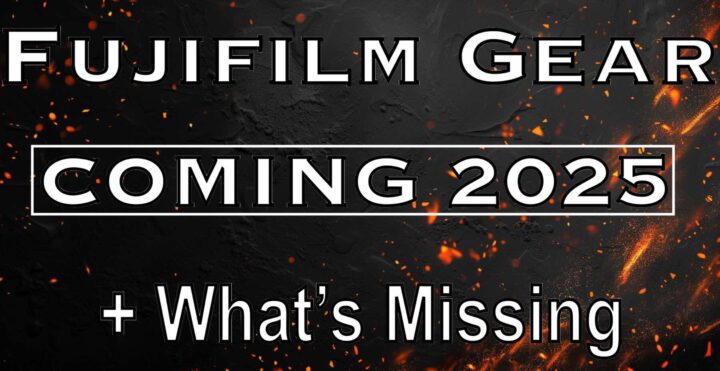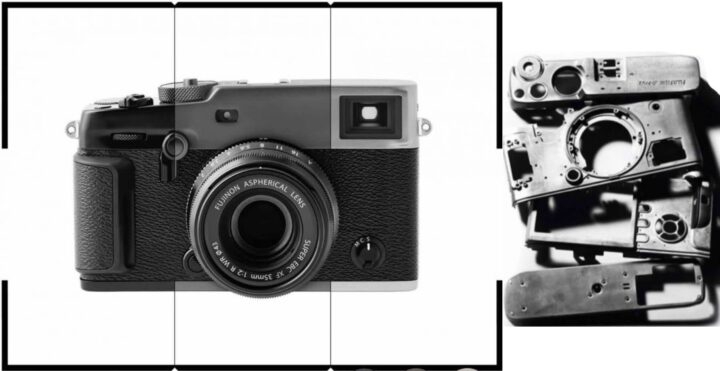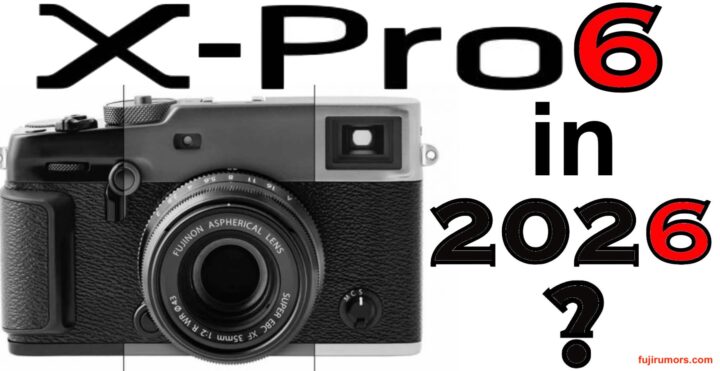Fujifilm X Shop Vietnam Lists Fujifilm X-Pro4 as “Coming Soon”… Undermining Their Own Fujifilm X-T6 Specs?

We recently reported that the Vietnamese Fujifilm Shop X Camera listed the Fujifilm X-T6 on its website—along with a set of highly controversial specifications.
However, that same shop also lists the Fujifilm X-Pro4, marking it as “Coming Soon” and attributing it to 5th-generation specs.
And this tells us a lot… about those listings.
I checked their X-Pro4 page, and it appears to have been online since September 2024.
In addition to that, it shares what are very likely wrong specs, since they say it will come with 5th-generation specifications. I mean, after such a long wait, an X-Pro4 launching with 5th-generation specs would unleash the shitstorm of the century—and FujiRumors would proudly lead it. 😉 So I hope they are wrong on this.
All this strongly suggests that it is nothing more than a placeholder, filled with assumed specs rather than real and final specs.
And if the X-Pro4 page is indeed fabricated, this inevitably means that we should take also their Fujifilm X-T6 listing with a grain of salt.
Anyway, this is what they write on their X-Pro4 product page:




